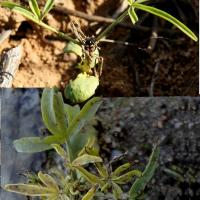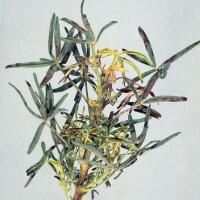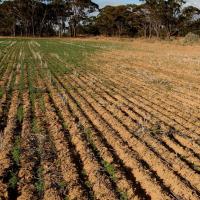| Sulfonylureas (SUs) | Imidazolinones (IMIs) | ||
| Chemical name | Example trade name | Chemical name | Example trade name |
| Triasulfuron | Logran® | Imazapyr | Arsenal® |
| Chlorsulfuron | Glean® | Imazapic | Flame® |
| Sulfosulfuron | Monza® | Imazamox | Raptor® |
| Metsulfuron | Hussar® | Imazethapyr | Spinnaker® |
| Iodosulfuron | Ally® | Imazapic+Imazapyr | Intervix® |
| Mesosulfuron | Atlantis® | Imazapic+Imazapyr +MCPA | On duty® |
| Sulfonamides | |||
| Fumetsulam | Broadstrike® | ||
| Metosulam | Eclipse® | ||
| Furasulam | Conclude® | ||
| Pyroxulam | Crusader® | ||





